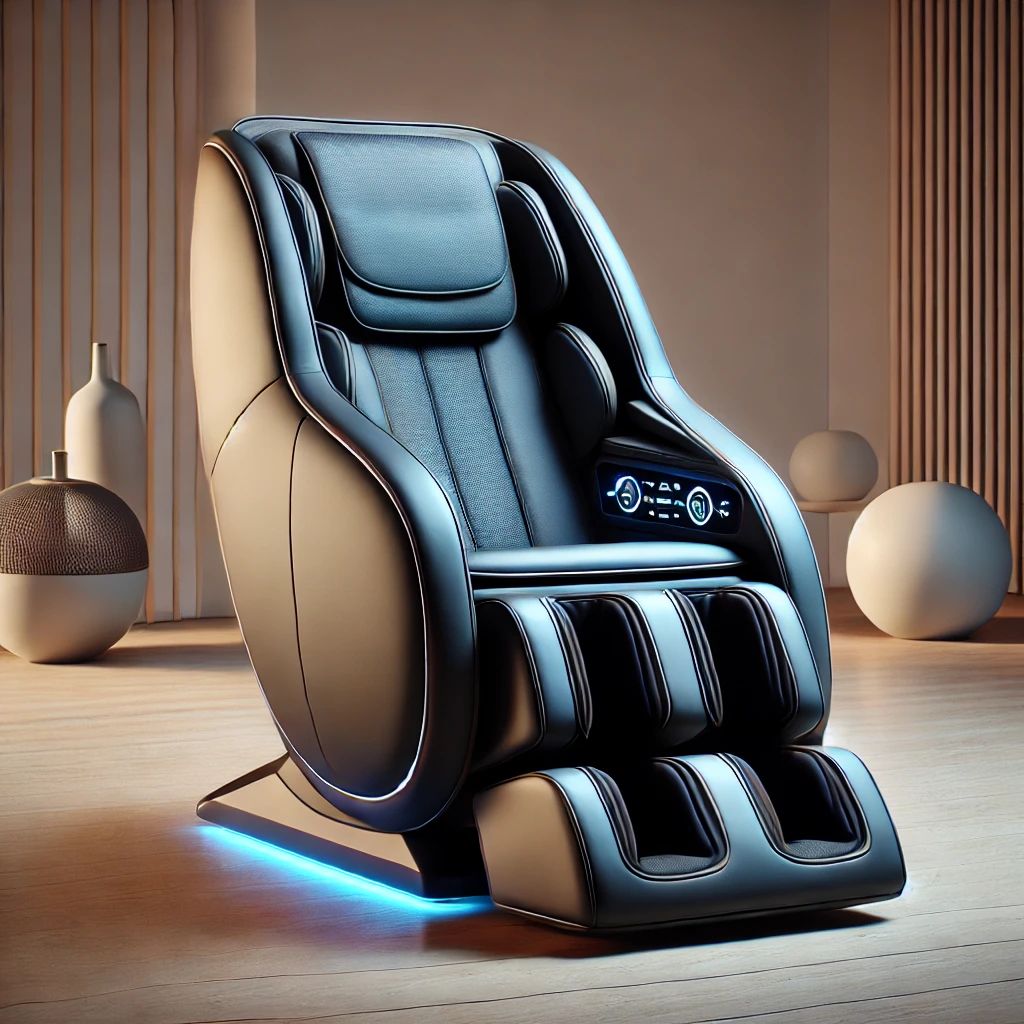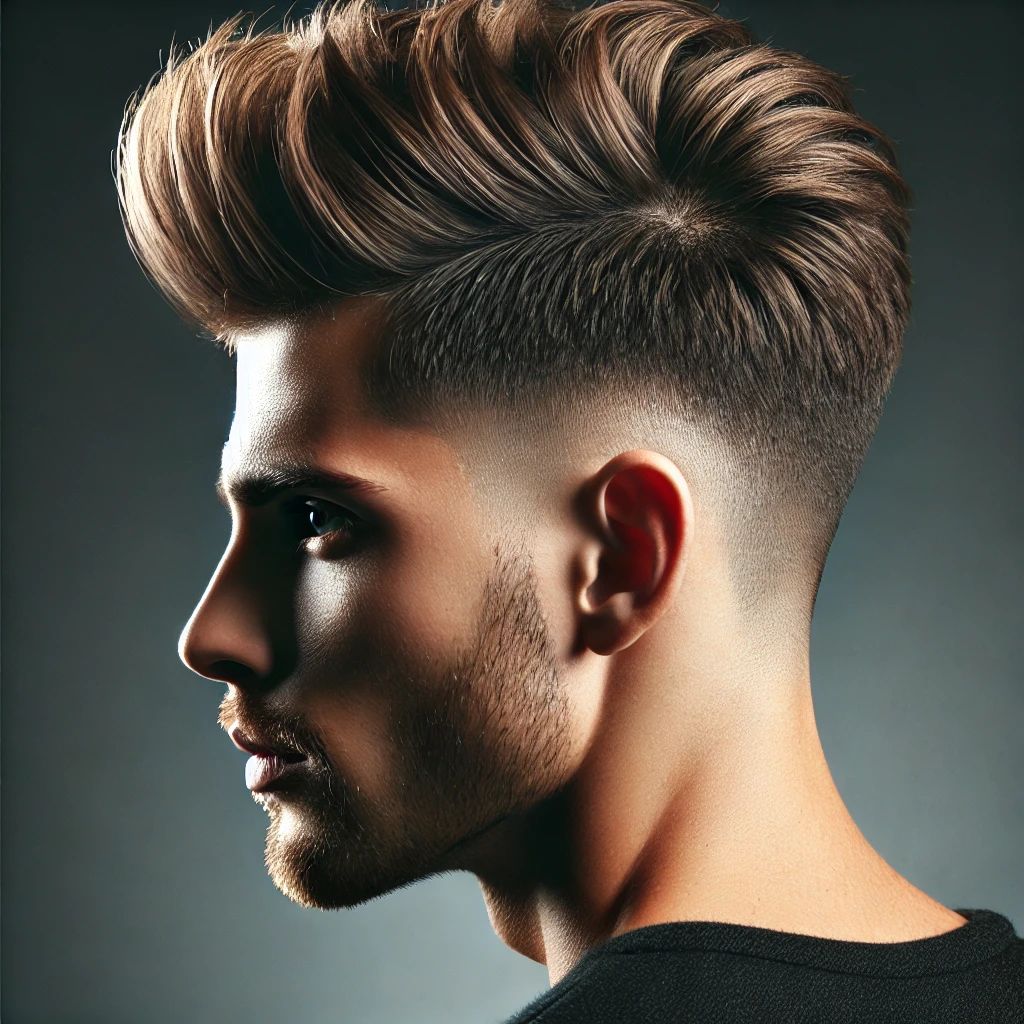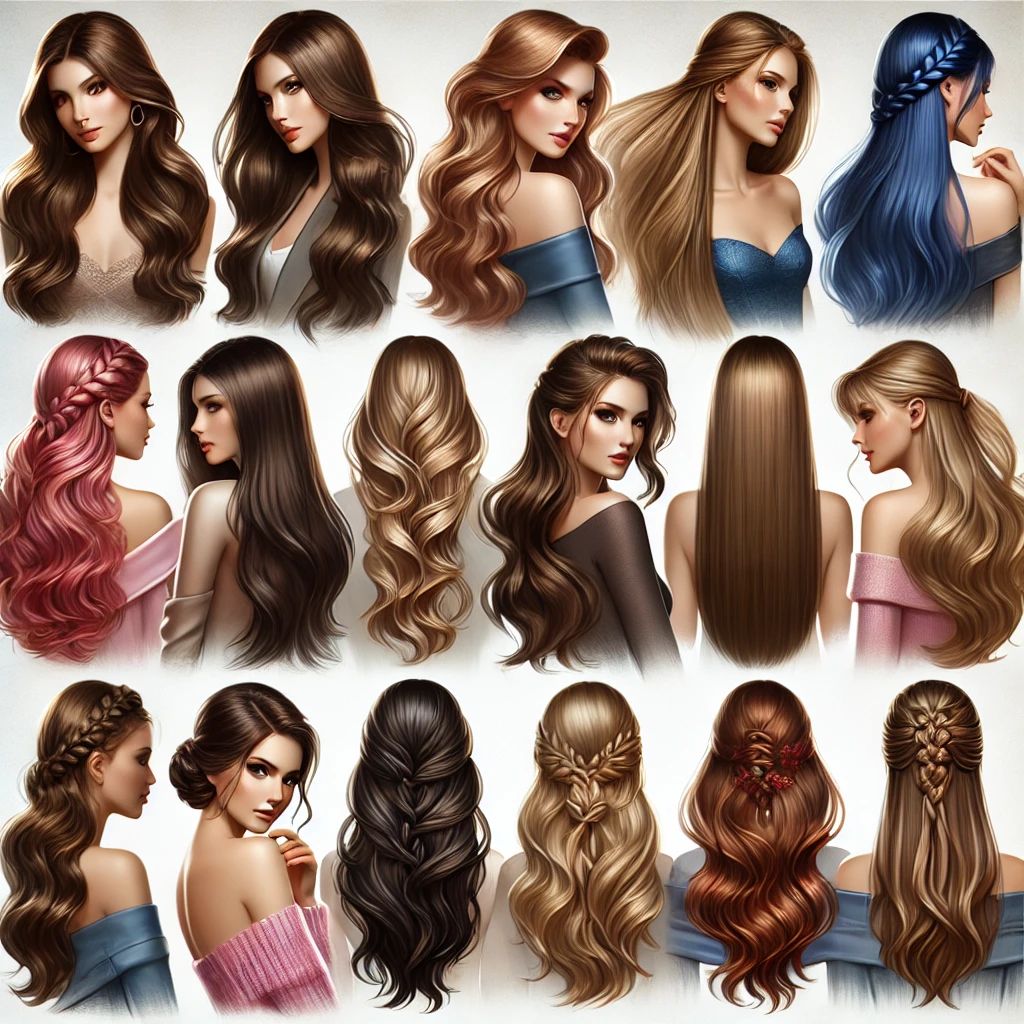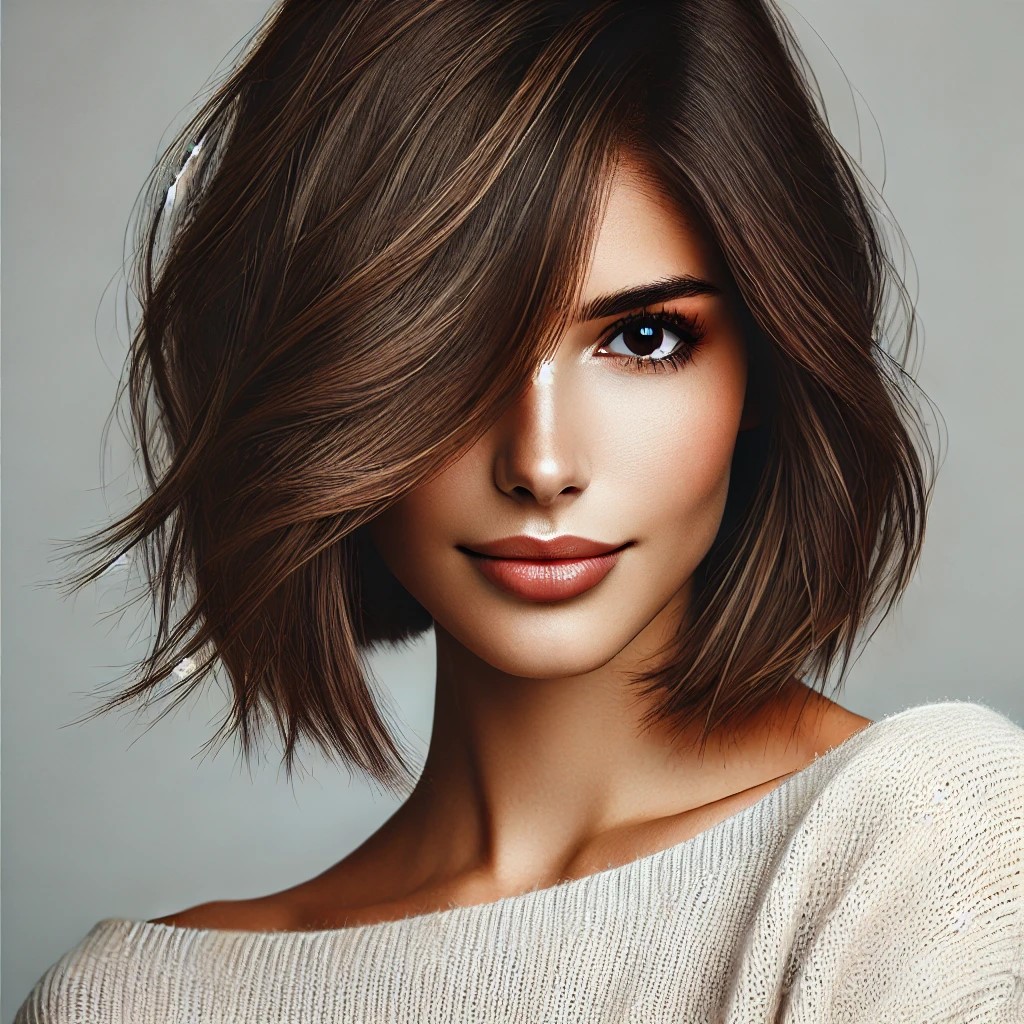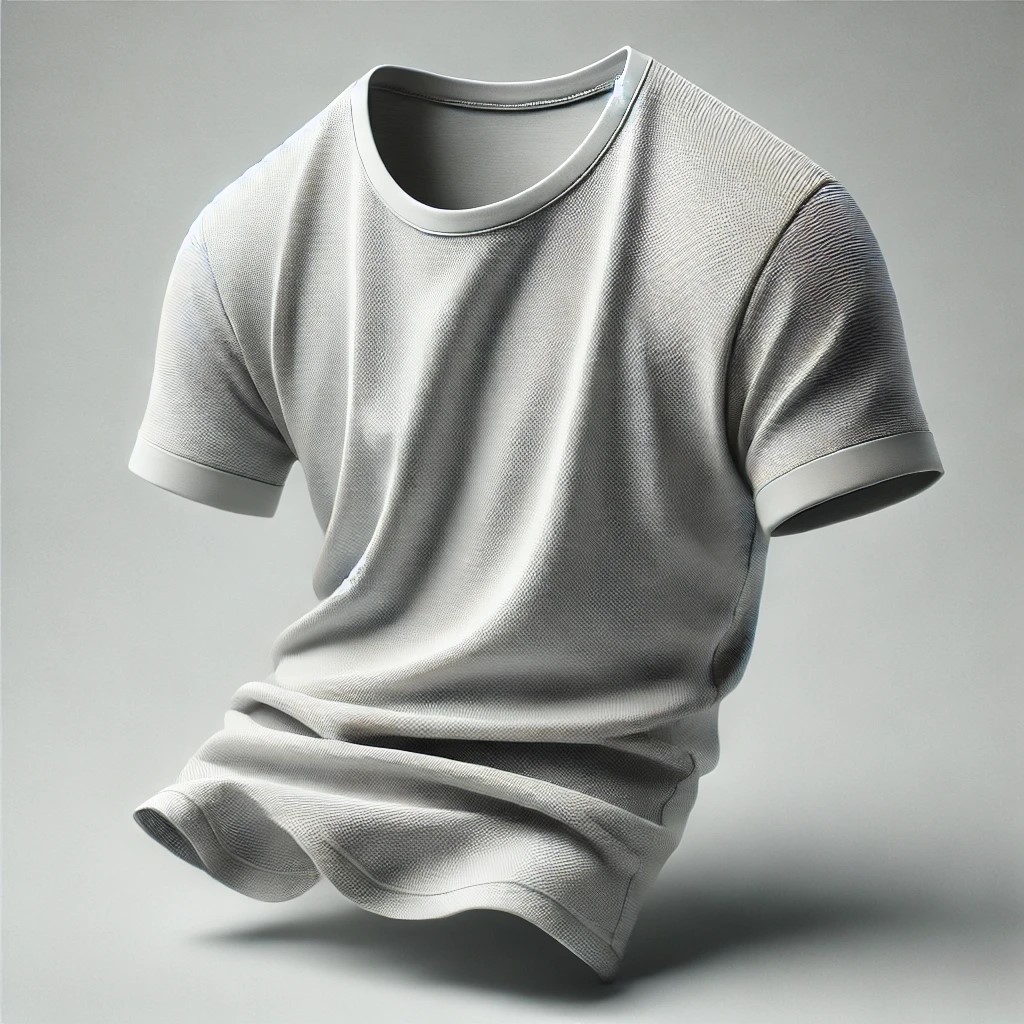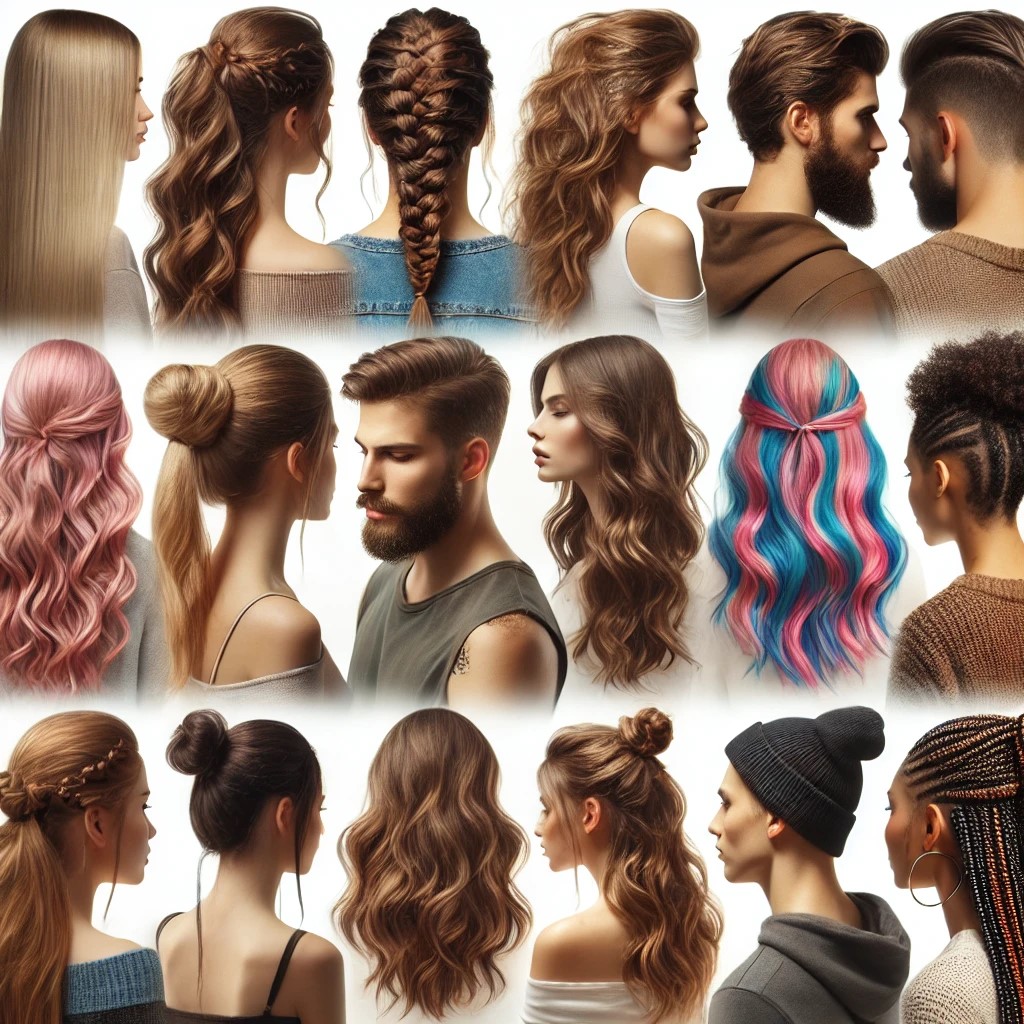How to Install a Countertop Reverse Osmosis System?
Reverse osmosis (RO) systems are becoming increasingly popular for households looking to purify their drinking water. Countertop RO systems, in particular, offer a convenient, space-saving solution for delivering clean, safe water directly from your kitchen counter. But how do you install a countertop reverse osmosis system? In this guide, we’ll break down the steps for a smooth installation, ensuring your system is set up correctly and efficiently.
If you’re shopping for a new system, especially during sales events, consider searching for the Best Countertop Reverse Osmosis System that fits your needs. Let’s dive into the installation process and other key details to consider before buying.
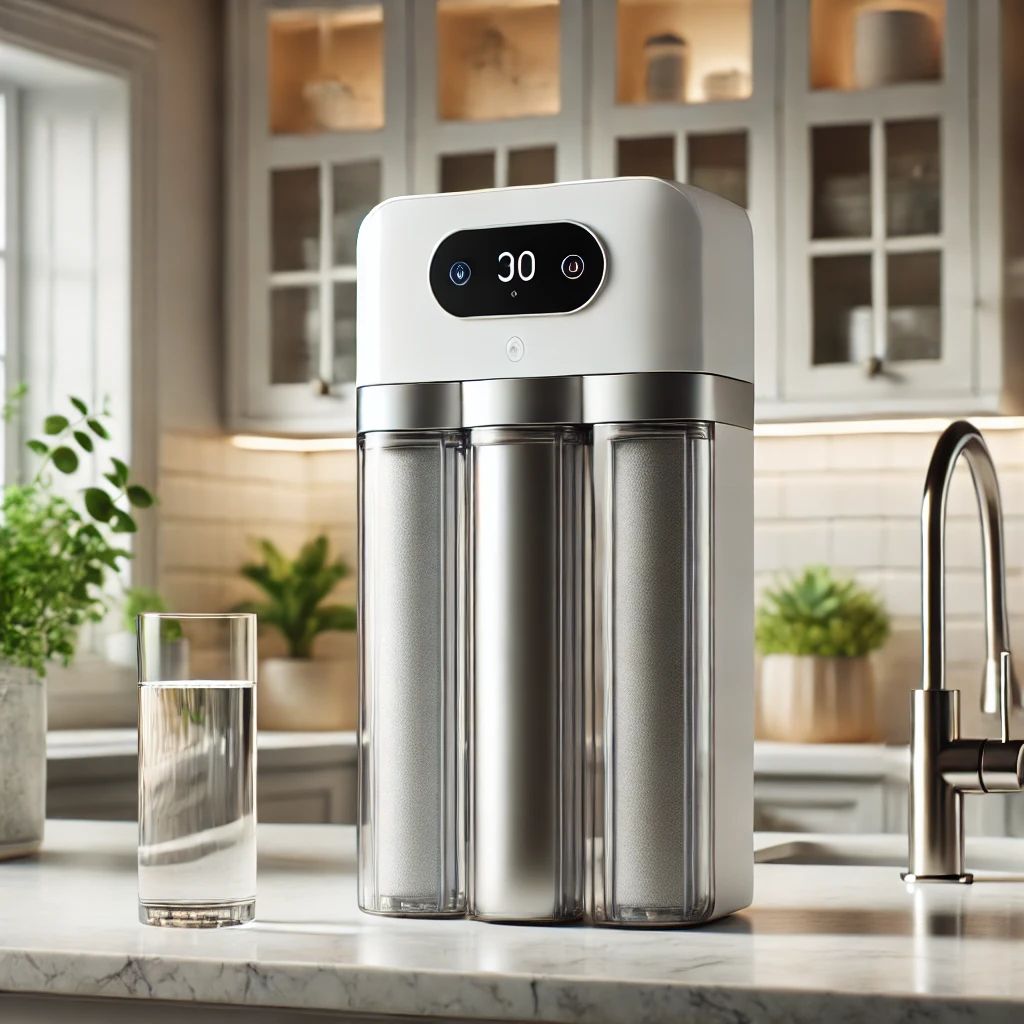
Why Choose a Countertop Reverse Osmosis System?
Before we get into the installation process, it’s important to understand why a countertop RO system is a great choice for many homeowners.
- Easy Installation: Unlike under-sink models, countertop RO systems don’t require complex plumbing work or professional installation.
- Space-Saving: These systems sit on your counter and take up minimal space, making them ideal for small kitchens or apartments.
- Portability: Because they’re not fixed, you can easily move or take them with you when you relocate.
- Effective Water Filtration: A countertop RO system efficiently removes contaminants such as chlorine, fluoride, heavy metals, and bacteria, providing you with pure drinking water.
Now that we understand why these systems are popular, let’s move on to the installation steps.
Step-by-Step Guide to Installing a Countertop Reverse Osmosis System
1. Unbox and Check the Components
Once you’ve purchased the Best Countertop Reverse Osmosis System for your home, begin by unboxing the unit. Most RO systems come with several key components:
- The main RO filter unit
- Tubing (for connecting the unit to the water supply)
- Faucet diverter valve (for attaching to the kitchen faucet)
- Pre-installed filters (in some models)
Carefully check the manufacturer’s manual to ensure all parts are included, and double-check for any damage that may have occurred during shipping.
2. Find a Suitable Location
The system needs to be placed close to a water source, typically the kitchen faucet. Ensure that the area around the faucet and sink is free from clutter and that the tubing can easily reach from the water supply to the RO system. Keep in mind that some countertop systems need a stable, flat surface, so select a location accordingly.
3. Connect the Faucet Diverter Valve
One of the key components of the system is the faucet diverter valve. This small attachment directs water from your faucet into the RO system. Here’s how to connect it:
- Remove the aerator from your faucet (if your faucet has one). This is usually the mesh screen at the tip of the faucet.
- Screw the diverter valve onto your faucet in place of the aerator. Most diverter valves come with adapters to fit different faucet types. If your faucet isn’t compatible with the standard valve, you may need to purchase an additional adapter.
- Once the diverter is attached, connect the tubing from the RO unit to the diverter valve, ensuring it’s securely fastened.
This setup allows you to switch between normal tap water and purified RO water by turning a lever on the diverter valve.
4. Attach Tubing and Filter Housing
Next, connect the remaining tubing from the faucet diverter to the RO system’s input port. Depending on the model, this port may be located on the side or back of the unit.
- Check the tubing connections to make sure they’re tightly secured to avoid any leaks.
- Ensure that the wastewater outlet tubing is properly connected to a drainage point, such as the sink.
This step may vary slightly depending on the model of your RO system, so consult the manufacturer’s guide for specific instructions.
5. Flush the System Before Use
Before using your RO system for the first time, it’s crucial to flush the filters. During the manufacturing and packaging process, residue or dust may collect in the system, and flushing it helps ensure that your water is clean and safe to drink.
- Turn on the water and let the system run for at least 15-30 minutes. During this time, the system will fill with water, and the filters will begin purifying the water.
- Allow all of the initial water to drain out as it may contain debris from the filters. After the flushing process is complete, the system is ready for use.
6. Test the Water Quality
Once the system has been flushed, it’s a good idea to test the quality of the water to ensure that the system is functioning properly. Many countertop RO systems come with a Total Dissolved Solids (TDS) meter to measure the purity of the water.
- Use the TDS meter to check the water’s purity level before and after filtration.
- If the TDS reading is significantly lower after filtration, your system is working as expected.
7. Maintenance Tips for Longevity
Regular maintenance is essential for keeping your countertop RO system in optimal working condition. Follow these tips:
- Replace filters regularly: Most filters should be replaced every 6 to 12 months, depending on the manufacturer’s recommendations and the quality of your tap water.
- Sanitize the system periodically: Clean the system to prevent bacteria buildup. This can usually be done by running a sanitizing solution through the system (following the manufacturer’s guidelines).
- Check tubing and connections: Regularly inspect the tubing and connections to ensure they remain secure and free from leaks.
Choosing the Best Countertop Reverse Osmosis System
When searching for the Best Countertop Reverse Osmosis System, there are a few key factors to keep in mind:
1. Filtration Efficiency
Look for a system that effectively removes a wide range of contaminants, including lead, chlorine, fluoride, and bacteria.
2. Water Output
Consider how much purified water the system can produce per day. If you have a large family, opt for a model that provides a higher daily output.
3. Ease of Installation and Use
The Best Countertop Reverse Osmosis System should be easy to install, require minimal tools, and offer a user-friendly interface.
4. Durability and Warranty
Choose a model made from high-quality materials, and always check for warranties or customer support options in case you encounter issues.
Conclusion
Installing a countertop reverse osmosis system is a straightforward process that can significantly improve the quality of your drinking water. With easy installation, portability, and effective filtration, it’s no wonder that many homeowners are turning to these systems. By following the steps outlined above, you can ensure a hassle-free setup and enjoy clean, pure water in no time.
If you’re still shopping for the perfect unit, make sure to look for the Best Countertop Reverse Osmosis System that suits your needs in terms of filtration efficiency, ease of use, and budget. Regular maintenance and care will help ensure that your system continues to provide high-quality water for years to come.
